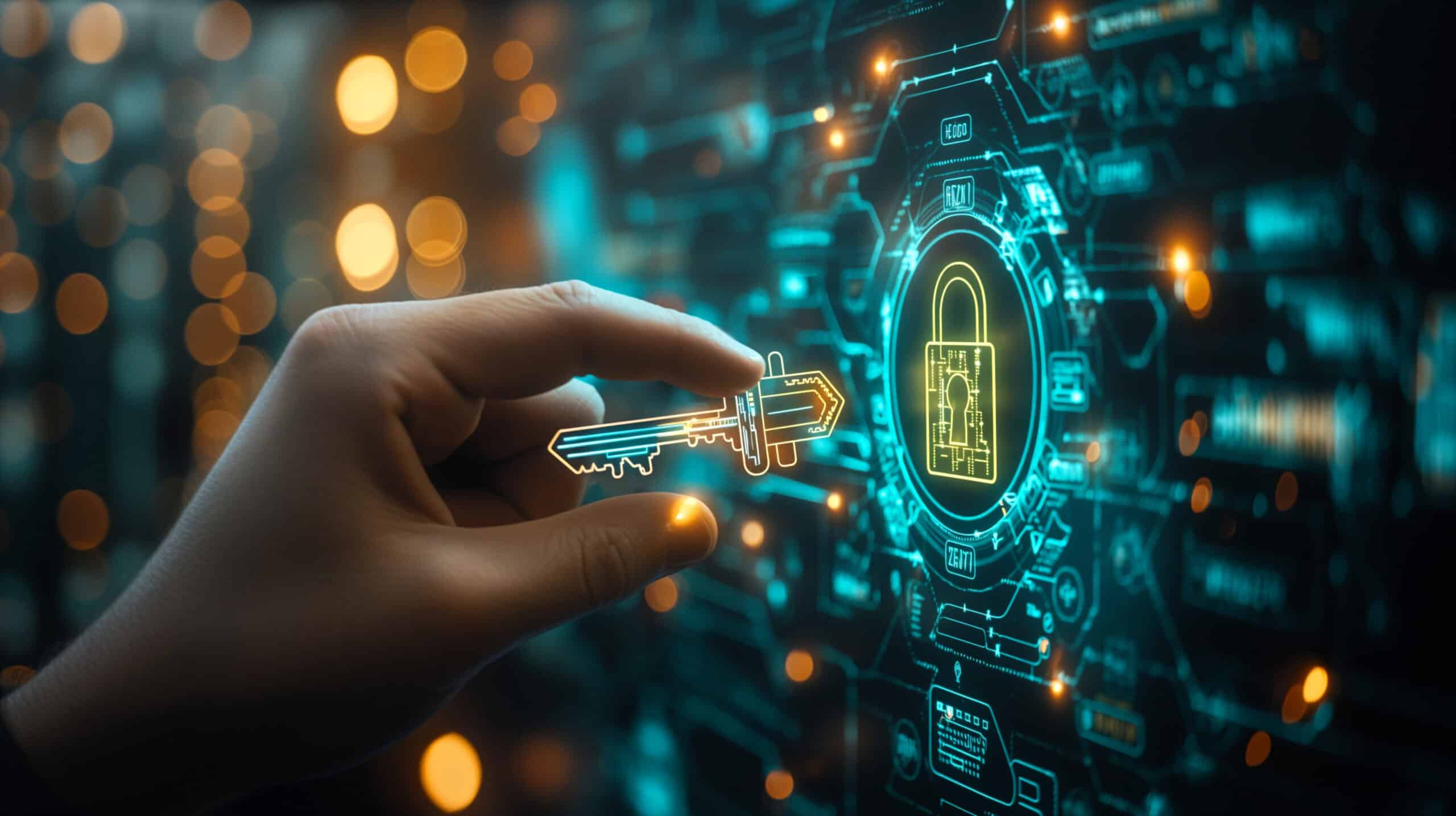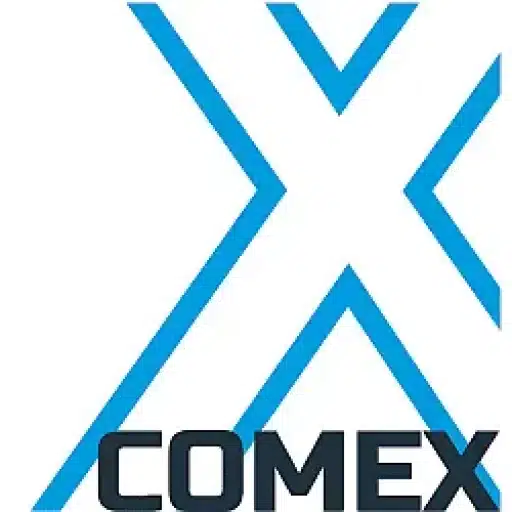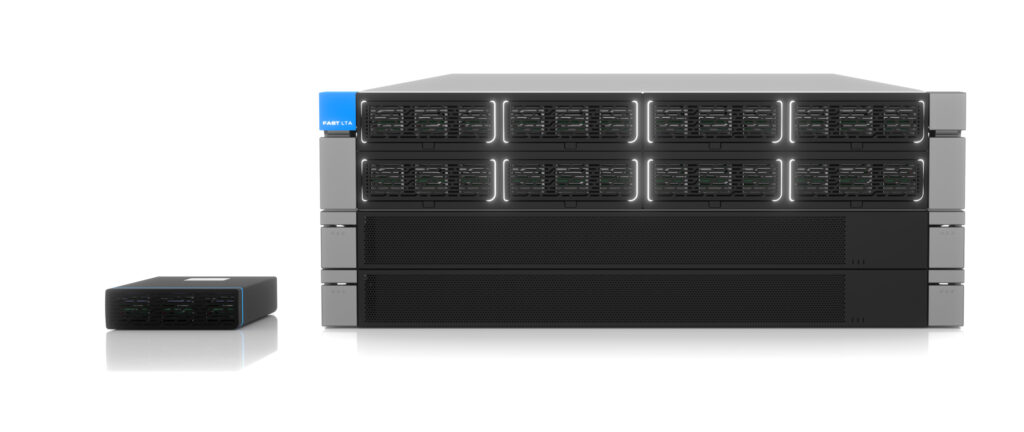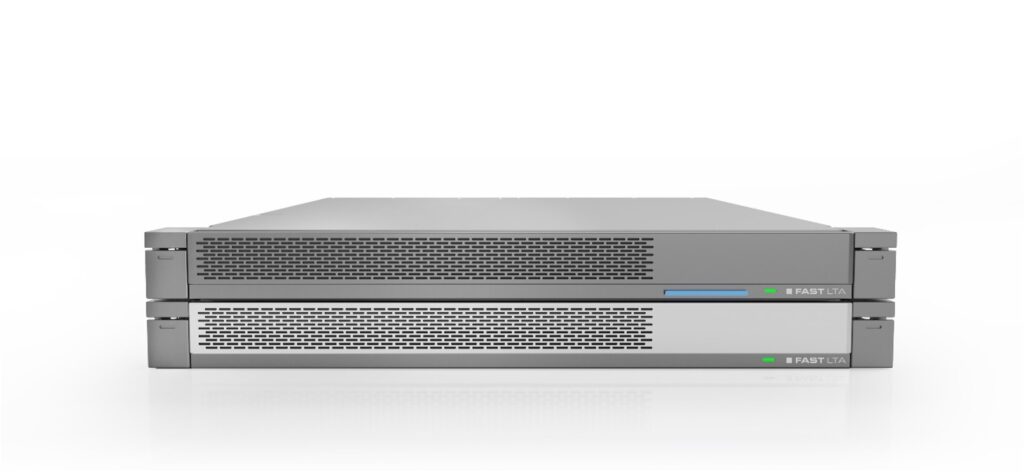+31 (0)43 30 88 400 | office@comex.eu

How are organizations preparing for cyber threats in 2025?
How can organizations best prepare for recent technological threats in cybersecurity in 2025?
In our previous blog, what saw that the rapid evolution of technology brings not only opportunities but also new risks. Cybercriminals continue to find innovative ways to abuse sophisticated tools and systems, while companies are increasingly using technology to protect themselves. In this blog, we look at the key technology threats and how organizations can prepare.
-
AI-driven threats and deepfakes
Artificial intelligence has changed the threat landscape. Cybercriminals are using AI to refine attacks and develop more convincing methods. Deepfakes are a good example: this technology allows attackers to create realistic-looking videos and audios to trick people. Consider CEO fraud where a “leadership figure” instructs employees to share sensitive data or transfer money.
How do you defend against this? It starts with awareness within your organization. Train employees to recognize suspicious requests and implement authentication tools that go beyond passwords, such as passkeys or multi-factor authentication (MFA).
-
Evolution of ransomware
Ransomware remains one of the biggest threats. Attackers continue to evolve by combining traditional methods such as encrypting data with sophisticated tactics, including data theft and manipulating or corrupting files. A troubling trend is the use of legitimate software tools to evade detection, making it more difficult to identify attacks early on.
To be prepared for this, organizations must invest in advanced detection systems that use AI and machine learning. It is also important to follow basic backup and recovery principles, such as the 3-2-1-1-0 rule: three copies of data, on two different media, one offsite and one offline, with zero errors in backup checks.
-
Expansion of the attack surface by IoT
With the explosion of IoT devices, the number of vulnerable access points is also growing. Smart devices ranging from thermostats to industrial sensors can be a weak link in security. Cybercriminals are targeting these devices to gain access to wider networks.
Organizations should secure IoT devices by performing regular firmware updates, using strong passwords and applying network segmentation to isolate devices from critical systems.
-
The rise of data lakehouses
Data lakehouses combine the scalability of data lakes with the structured data management functions of data warehouses. This hybrid approach is becoming increasingly popular for data management and analytics. While this presents opportunities, it also presents new security risks, such as data breaches or unauthorized access to sensitive data.
Securing data lakehouses requires strong access controls, encryption and regular audits of data flows. Companies embracing this technology must invest in security solutions specifically tailored to hybrid data environments.
-
AI as a defensive tool
Although AI is used by attackers, it also offers tremendous opportunities for defense. AI-driven detection systems can identify and neutralize threats in real time. Consider tools that recognize anomalies in network traffic or automatically respond to suspicious activity.
What can you do?
Technology trends in cybersecurity emphasize the importance of taking a proactive approach. Here are some steps to protect your organization:
- Awareness and training: Make sure employees are aware of new threats such as deepfakes and AI-driven attacks.
- Invest in technology: Leverage advanced detection and security systems that integrate AI and machine learning.
- Data storage and security strategies: It is important to have both a well-thought-out backup & recovery strategy and an archive strategy. When backup and archive data are properly protected, the chances of data loss are minimal.
By taking these measures, you can make your organization more resilient to the rapidly changing threats in the digital landscape. Need help protecting your organization from increasing cyber threats? Take a look at our systems for ransomware-proof backup & recoverybut also for archiving and secure use of Generative AI.
In the spotlight:
DORA-, GDPR- and NIS2-compliant storage
Ransomware proof backup and fast recovery
Secure your data against any threat
Protect your organization from data loss, ransomware and disruptions.
Thanks to our systems, you always have access to your data, even in case of emergencies.
Physical air gap as the most reliable layer of Immutability.
Long-term, compliant archiving
Comply with laws and regulations without compromise.
Certified hardware WORM storage for guaranteed immutability and Zero Loss.
Specially designed for sectors with critical infrastructures.



